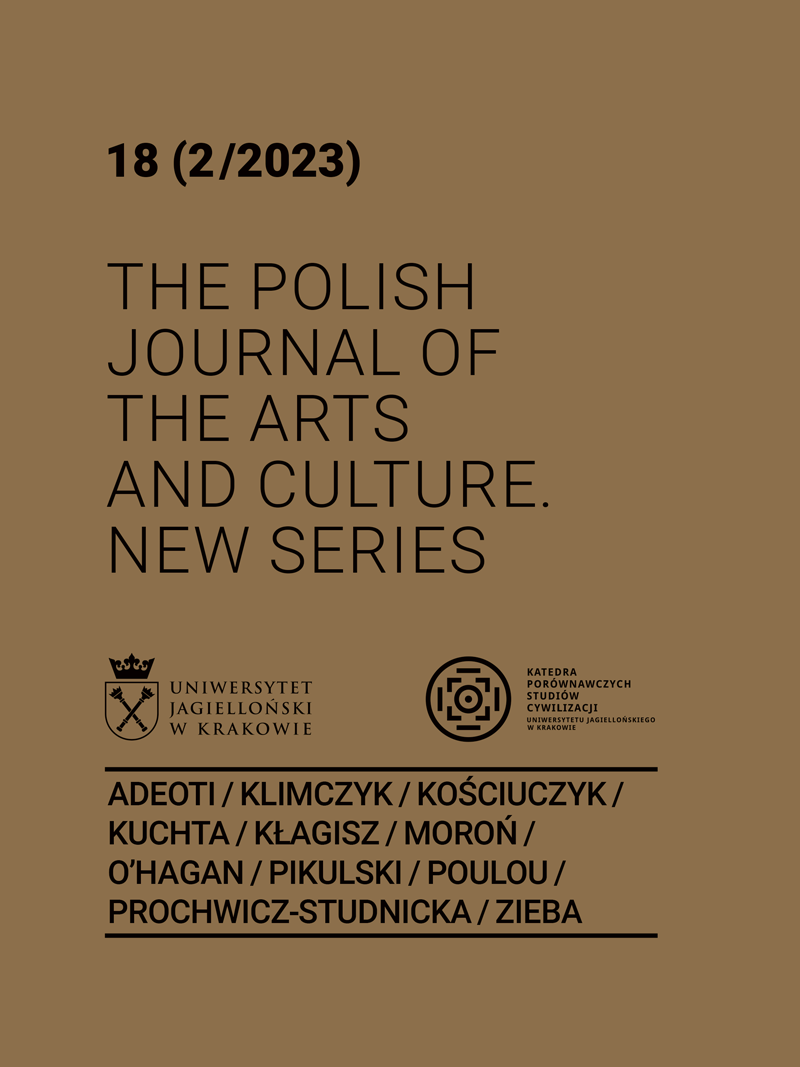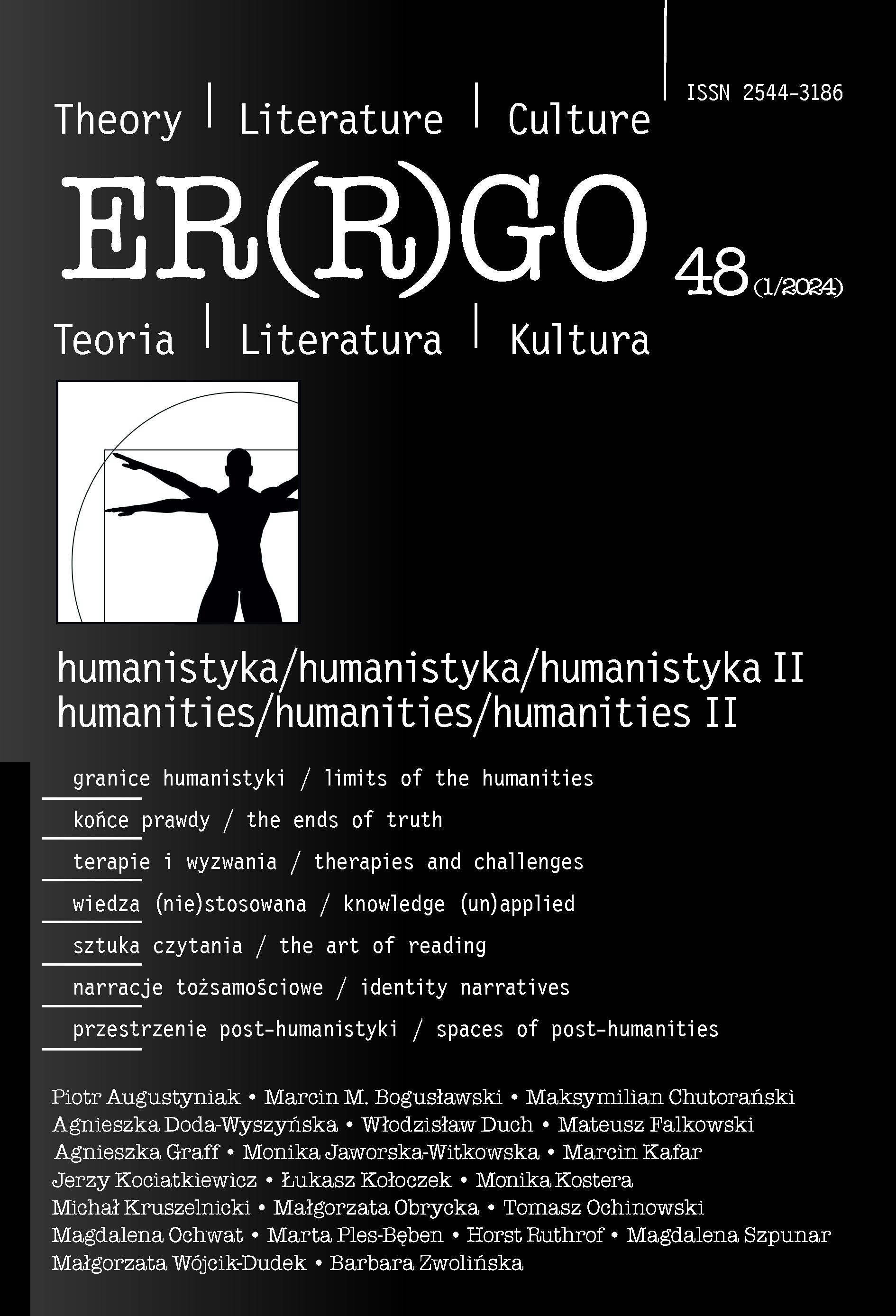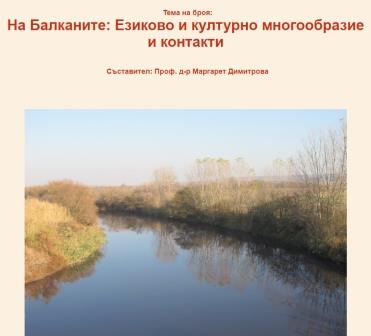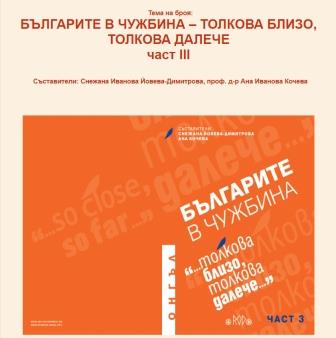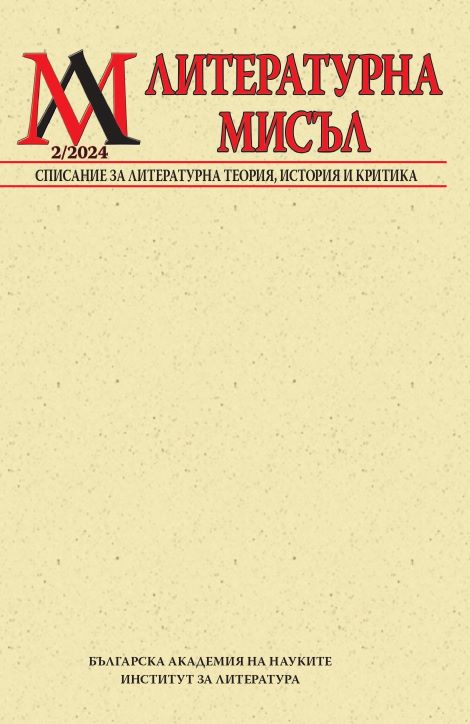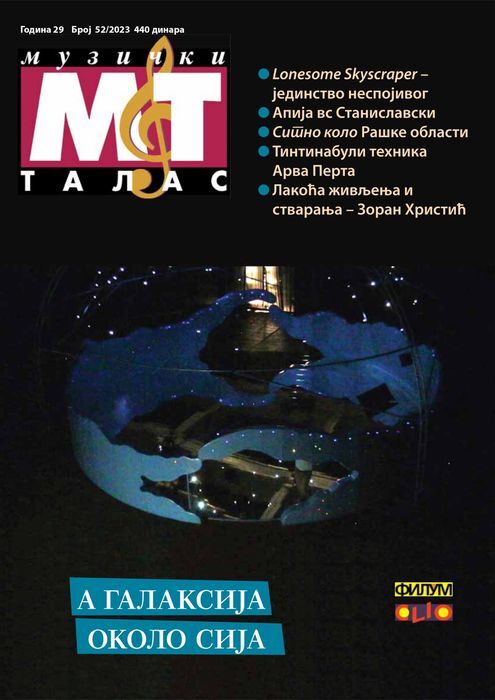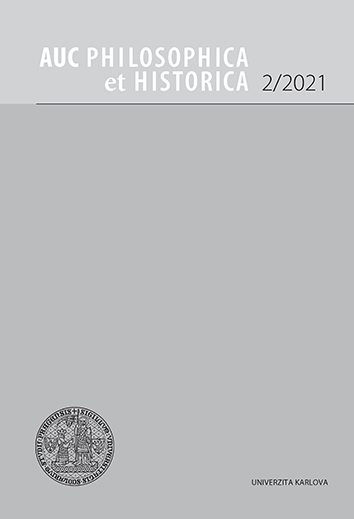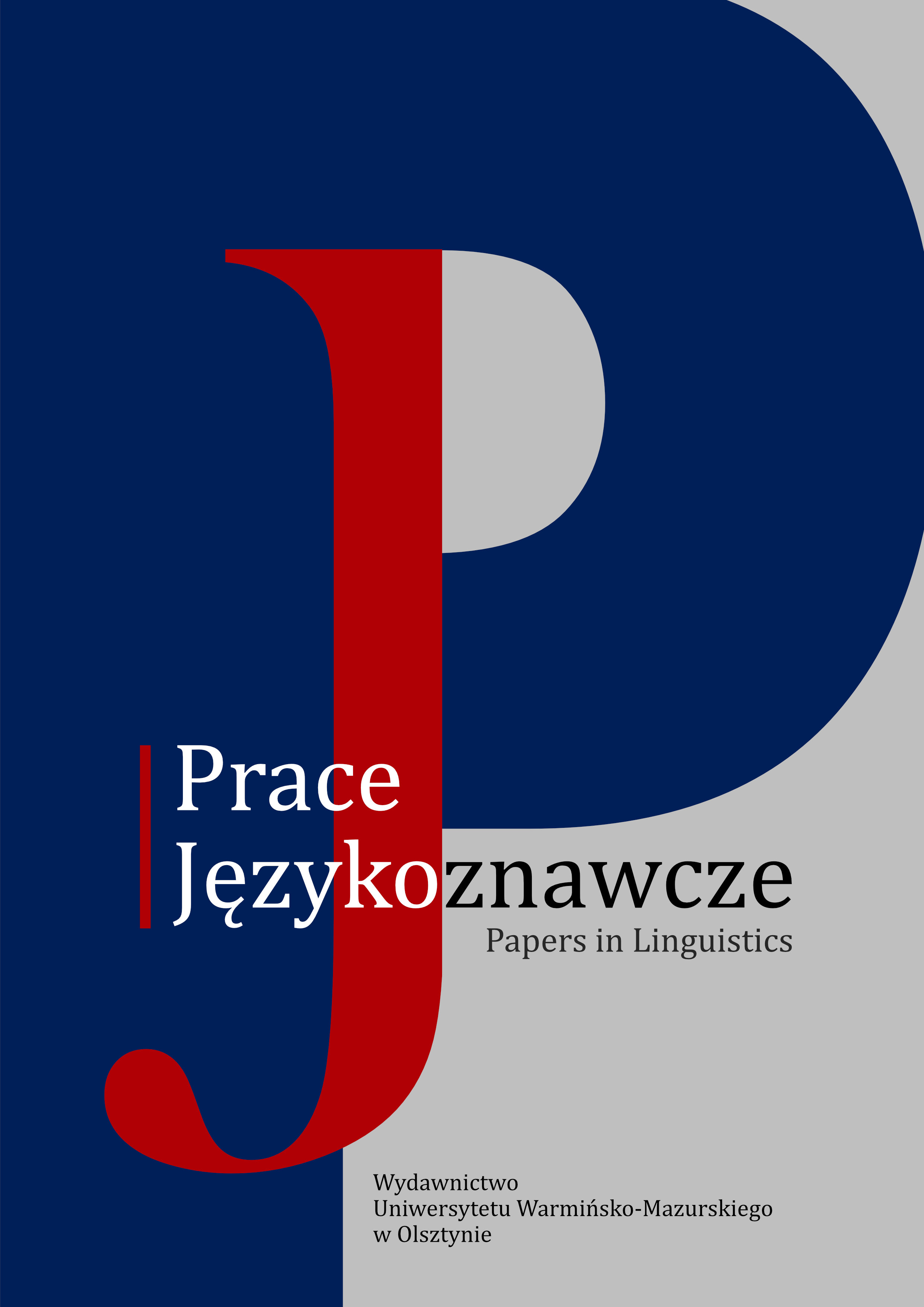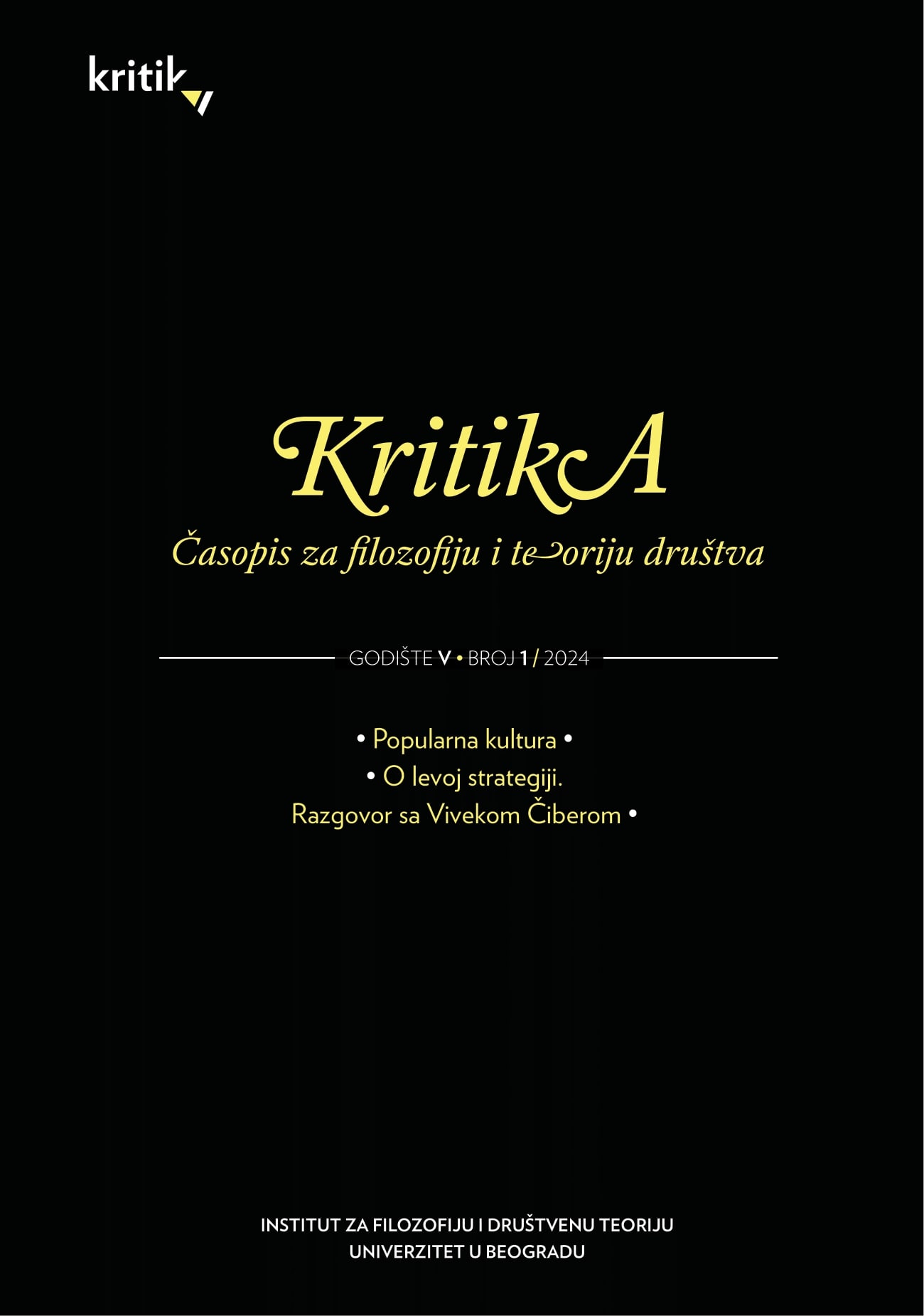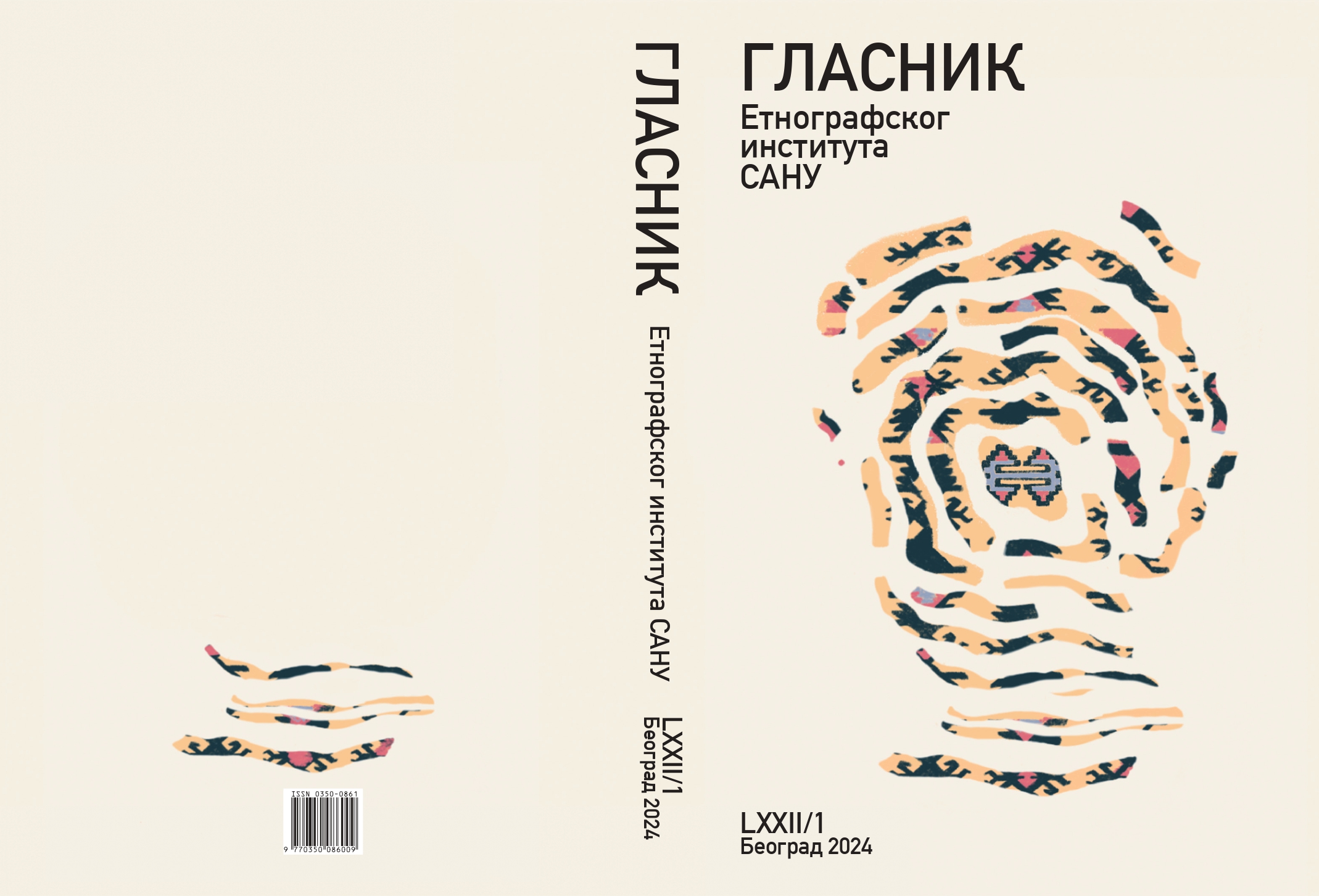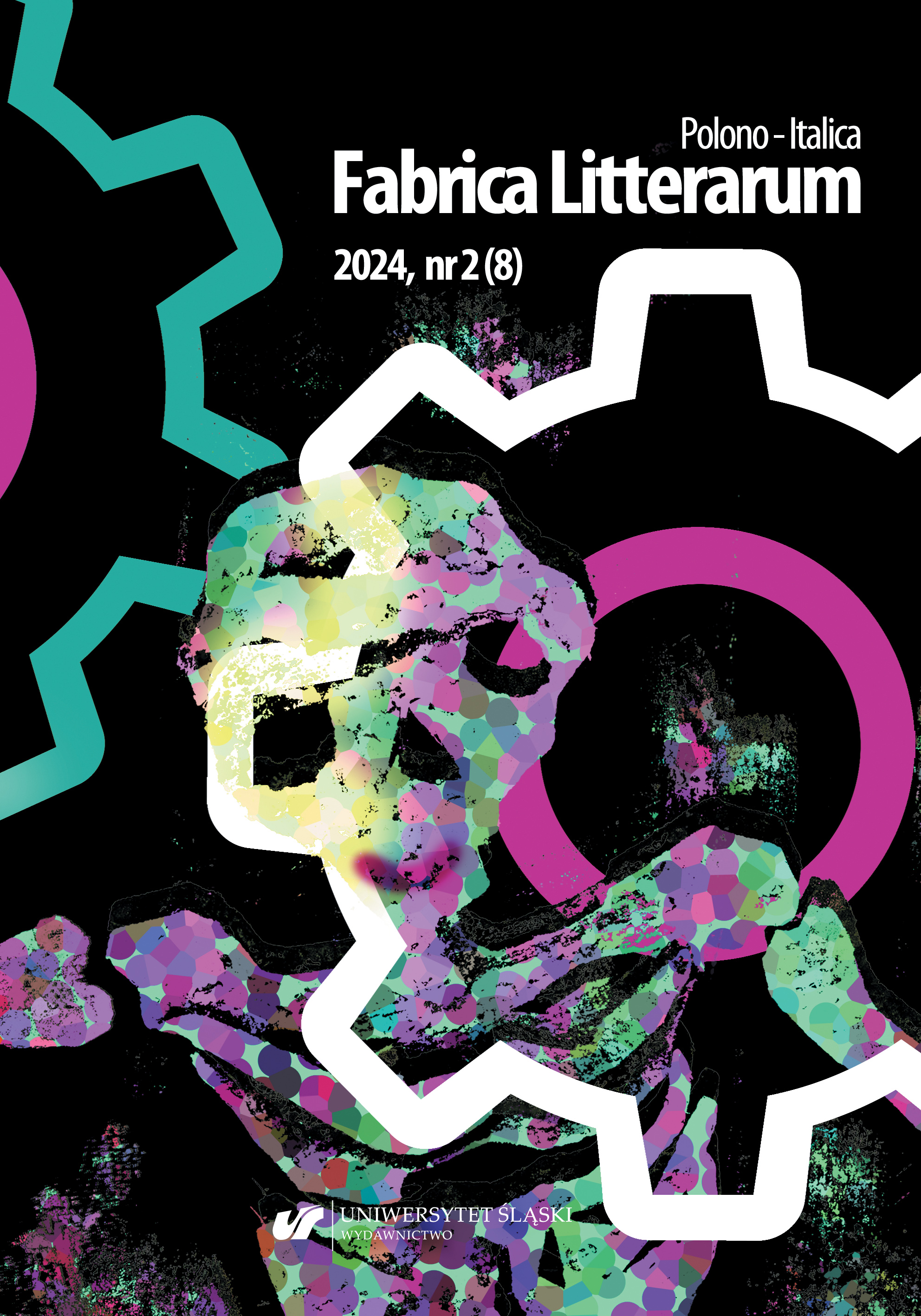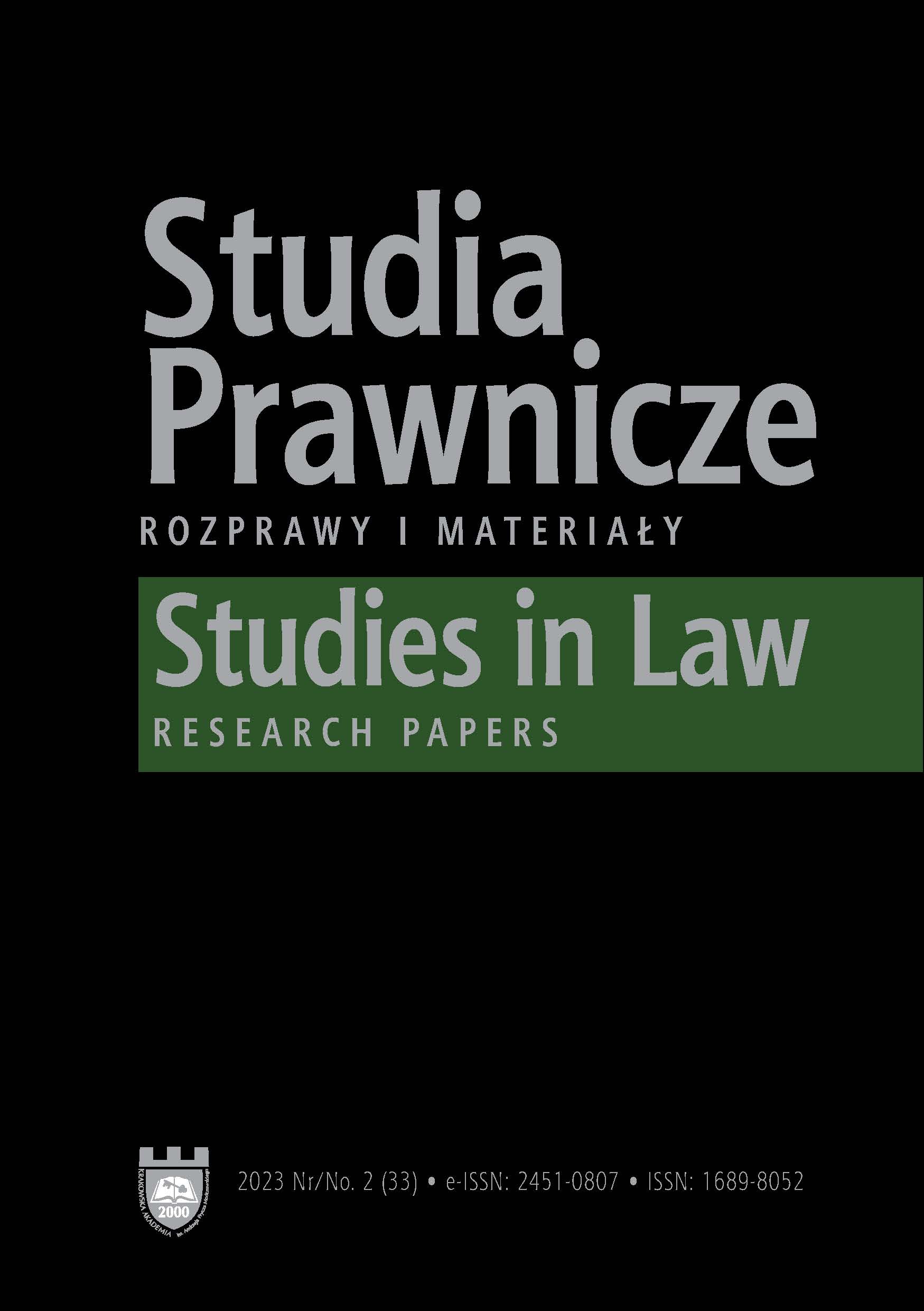
Tantiemy dla współtwórców utworu audiowizualnego w kontekście usług platform streamingowych oraz dyrektywy w sprawie prawa autorskiego na jednolitym rynku cyfrowym
The aim of the article is to present the nature of remuneration due to film co-authors and performers on the basis of Art. 70(2)(1) of the Act of February 4, 1994 on copyright and related rights (CRRA). The current wording of the provision does not take into account the realities of the contemporary audiovisual industry and changing habits of audience who give up cinema screenings in favor of VoD. The streaming services also replace usage of films stored on DVD or other carriers. According to Article 18 of Directive (EU) 2019/790 of the European Parliament and of the Council of 17 April 2019 on copyright and related rights in the digital single market, the Member Stated shall ensure that where authors and performers license or transfer their exclusive rights for the exploitation of their works or other subject matter, they are entitled to receive appropriate and proportionate remuneration. According to the author of this article, the said article, with respect to coauthors of an audiovisual work should be implemented by extending the scope of Art. 70(2)(1) of the CRRA by introducing an inalienable right to appropriate remuneration for making the work publicly available in such a manner that anyone could access it at a place and time individually selected by them.
More...
